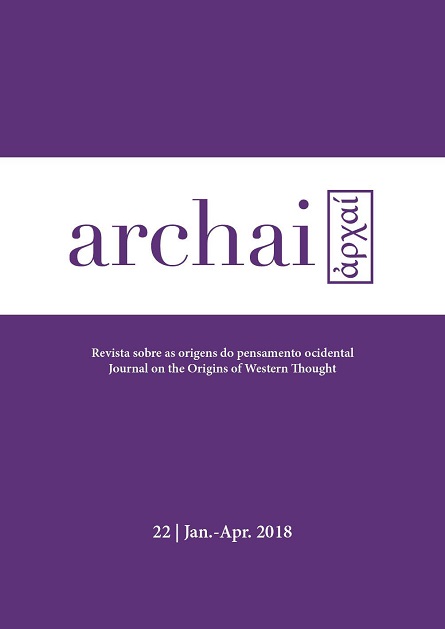Invisible cities:
utopian spaces or imaginary places?
DOI:
https://doi.org/10.14195/1984-249X_22_5Palavras-chave:
magic realism, boundaries and limits, utopian city, imaginationResumo
Like Raphael Hythloday, Marco Polo narrated his journey to Kublai Khan, the Emperor of the Tartars, presenting a catalogue of places and a cartography of 55 cities. The magic realism of Italo Calvino, the lush and synaesthetic descriptions in Invisible Cities (1972) construct a symbolic imaginarium of utopian paradigms. The taxonomy of all these cities sheds light on their relationship to man: cities and memory, cities and desire, cities and signs, cities and eyes, cities and names, cities and the dead, cities and the sky, continuous cities and trading cities. Some of them have an indivisible existence whilst others contain contradictions, some are more ethereal and others much more tangible, but all of them are real in the imagination and only inhabit an abstract space. Could we define them as “non-places” or “good-places”? Their geometries are different and whilst some represent what is necessary but does not exist yet, others represent what is potentially imaginable and credible but not achievable: could this be a coherent definition of utopia? Are there cities that are too believable to be true? This article aims to reconstruct the main lines of Utopia’s genealogy, regarding the socio-political desire for the ideal state, from Plato to Italo Calvino, answering these two main questions: are ideal cities utopian spaces or imaginary places? Does utopia therefore fail where reality begins?
Downloads
Downloads
Publicado
Como Citar
Edição
Seção
Licença
Dado o acesso público desta revista, os textos são de uso gratuito, com obrigatoriedade de reconhecimento da autoria original e da publicação inicial nesta revista. O conteúdo das publicações é de total e exclusiva responsabilidade dos autores.
1. Os autores autorizam a publicação do artigo na revista.
2. Os autores garantem que a contribuição é original, responsabilizando-se inteiramente por seu conteúdo em caso de eventual impugnação por parte de terceiros.
3. Os autores garantem que a contribuição que não está em processo de avaliação em outras revistas.
4. Os autores mantêm os direitos autorais e concedem à revista o direito de primeira publicação, sendo o trabalho licenciado sob a Creative Commons Attribution License-BY.
5. Os autores têm permissão e são estimulados a publicar e distribuir seu trabalho on-line após a publicação na revista.
6. Os autores dos trabalhos aprovados autorizam a revista a, após a publicação, ceder seu conteúdo para reprodução em indexadores de conteúdo, bibliotecas virtuais e similares.
7. É reservado aos editores o direito de proceder ajustes textuais e de adequação do artigo às normas da publicação.



